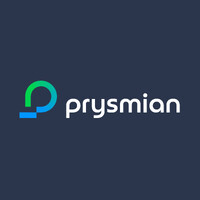
FEMSA
FEMSA is a company that creates economic and social value through companies and institutions and strives to be the best employer and neighbor to the communities in which it operates. It participates in the retail industry through a Proximity Division operating OXXO, a small-format store chain, OXXO Gas, a chain of retail service stations, and Valora, an operator of convenience and foodvenience formats present in 5 countries in Europe. In the retail industry it also participates though a Health Division, which includes drugstores and related activities and Digital@FEMSA, which includes Spin by OXXO and OXXO Premia, among other loyalty and digital financial services initiatives. In the beverage industry, it participates through Coca-Cola FEMSA, the largest franchise bottler of Coca-Cola products in the world by volume. FEMSA also participates in the logistics and distribution industry through its Strategic Business Unit, which additionally provides point-of-sale refrigeration and plastic solutions to its business units and third-party clients. Across its business units, FEMSA has more than 350,000 employees in 18 countries. FEMSA is a member of the Dow Jones Sustainability MILA Pacific Alliance, the FTSE4Good Emerging Index and the Mexican Stock Exchange Sustainability Index: S&P/BMV Total México ESG, among other indexes that evaluate its sustainability performance.






